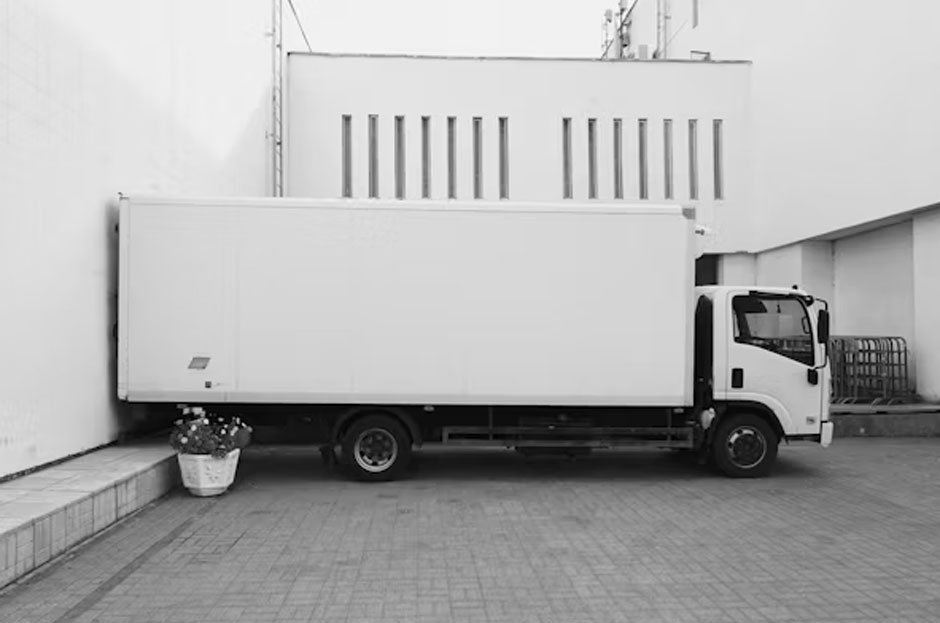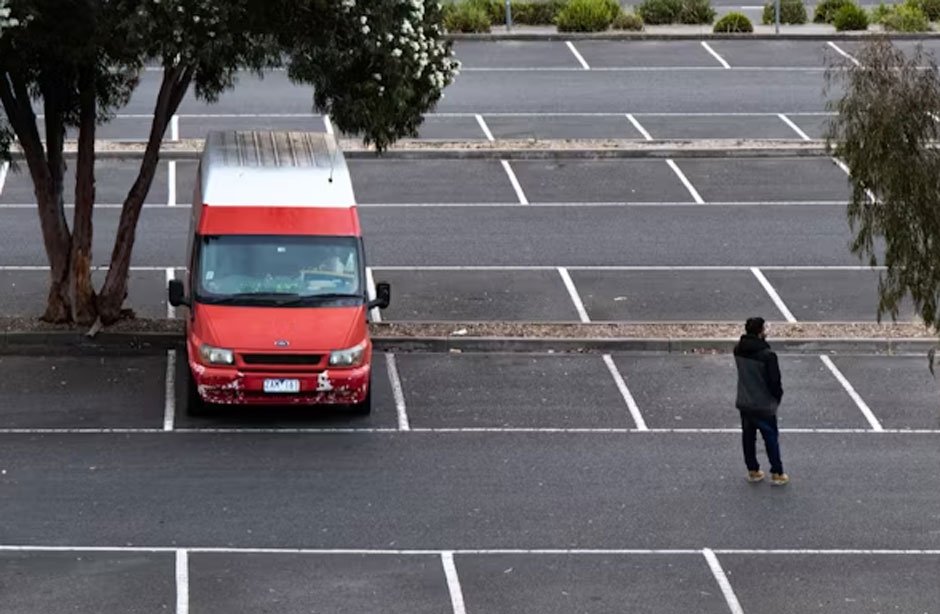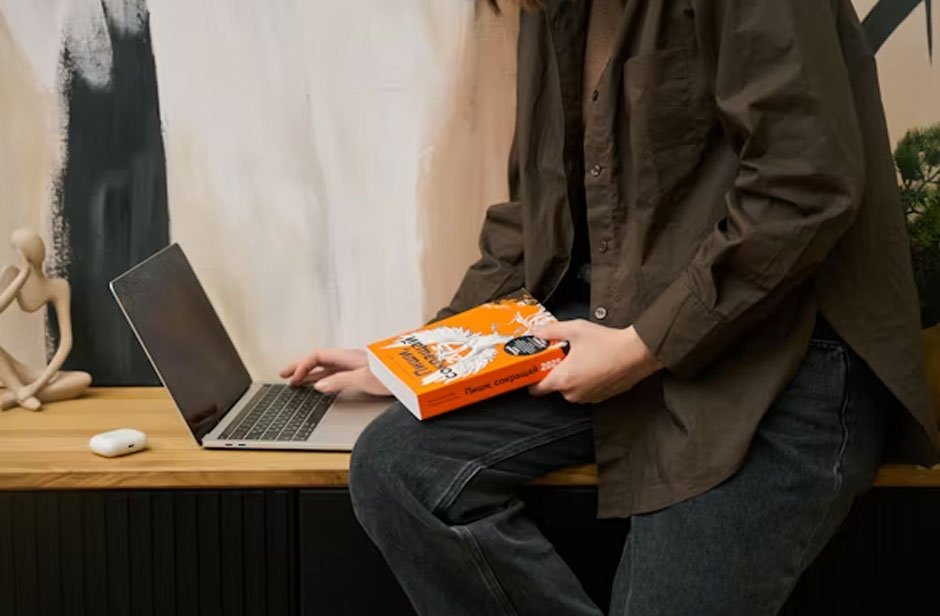 Moving houses ranks somewhere between “mildly terrifying” and “absolutely soul-crushing” on most people’s stress scales. Whether you’re upgrading to a bigger space, downsizing after the kids leave, or chasing better opportunities across the country, the process of packing up your entire life and transplanting it elsewhere is no small feat. But here’s the thing: it doesn’t have to be the nightmare everyone makes it out to be.
Moving houses ranks somewhere between “mildly terrifying” and “absolutely soul-crushing” on most people’s stress scales. Whether you’re upgrading to a bigger space, downsizing after the kids leave, or chasing better opportunities across the country, the process of packing up your entire life and transplanting it elsewhere is no small feat. But here’s the thing: it doesn’t have to be the nightmare everyone makes it out to be.
After helping countless friends move (and surviving five relocations of my own), I’ve learned that successful moving comes down to three things: realistic planning, smart logistics, and knowing when to call in help versus when to DIY it. This guide cuts through the Pinterest-perfect moving advice and gives you the honest, practical information you actually need to pull off a smooth transition.
The Psychology of Moving: Why It Feels So Overwhelming
Before we dive into the practical stuff, let’s talk about why moving messes with your head so much. You’re not just physically transporting belongings from Point A to Point B. You’re leaving behind familiar routines, trusted neighbors, your favorite coffee shop that knows your order, and that one tree in your backyard you’ve watched change with the seasons.
Research shows that moving ranks as one of life’s top stressors, right up there with divorce and changing jobs. The combination of physical exhaustion, financial pressure, and emotional upheaval creates the perfect storm. Add in the inevitable surprises—that vintage dresser that won’t fit through the doorway, the box of “miscellaneous” items you forgot to label, the argument with your partner about whether you really need to keep that bread maker you’ve used exactly once—and you’ve got yourself a proper challenge.
The good news? Acknowledging this emotional component actually helps. When you understand that feeling scattered and anxious is completely normal, you stop beating yourself up about it and can focus on practical solutions instead.
Planning Your Home Relocation: The Unglamorous Truth About Timelines
Here’s what moving blogs won’t tell you: start planning way earlier than feels reasonable. Most people begin thinking seriously about their move about three weeks before moving day. Those people are setting themselves up for chaos.
The sweet spot for beginning your home relocation planning is actually eight to twelve weeks out. I know that sounds excessive, but this timeline gives you breathing room to make smart decisions instead of panic decisions. You can compare quotes properly, book your preferred moving dates before they fill up, and gradually declutter instead of making split-second “keep or toss” choices at midnight.
During this planning phase, create a brutally honest inventory. Walk through every room and catalog what you actually need to move. That treadmill you’ve been using as an expensive clothing rack? Sell it. The craft supplies from projects you started in 2019? Donate them. Moving is expensive, and every item you transport costs money in either professional moving fees or your own time and energy.
Set up a simple system—I like a spreadsheet, but even a notebook works—to track tasks, expenses, and deadlines. Include sections for utilities to transfer, address changes to make, and a separate sheet for each room’s packing status. This becomes your command center, keeping you grounded when everything feels chaotic.
Financial planning matters more than most people realize. Beyond the obvious moving costs, factor in rental deposits, overlap periods where you might pay double rent, time off work, and all those unexpected expenses like replacing curtains that don’t fit your new windows. A realistic budget should include at least a 20% buffer for surprises, because surprises will happen.
The DIY Route: When Doing It Yourself Actually Makes Sense
Professional movers aren’t everyone’s answer, and that’s completely okay. Sometimes budget constraints, control preferences, or specific circumstances make a DIY move the smarter choice. But here’s the critical distinction: DIY doesn’t mean doing everything alone with nothing but your sedan and sheer determination.
For shorter moves or situations where you have more time than money, renting proper equipment transforms the experience. Instead of making 47 trips in your personal vehicle, strategic equipment rental lets you move efficiently while keeping costs down. This approach works particularly well for local moves, studio apartments, or situations where you’re moving gradually over several weeks.
In places like Melbourne, where parking can be tricky and narrow streets make maneuvering challenging, having the right size vehicle matters enormously. Too small and you’re making multiple trips, wasting time and fuel. Too large and you’re struggling with parking and handling. If you’re planning a DIY move in the Melbourne area, looking into trailer hire Melbourne options gives you flexibility without the commitment of buying equipment you’ll use once.
The key to successful DIY moving is thinking like a professional. That means proper packing materials—real moving boxes, not random Amazon boxes that’ll collapse mid-carry. It means protective equipment like furniture blankets and dollies. It means recruiting help strategically, not just texting your friends the night before with “pizza and beer in exchange for manual labor?”

Create a loading plan before moving day. Heavy furniture goes in first, against the walls. Boxes get stacked strategically with heavy ones on the bottom, lighter ones on top. Fragile items get secured separately. This isn’t about being obsessive—it’s about protecting your stuff and preventing that sickening moment when you hit a pothole and hear crashing sounds from the back.
Safety cannot be an afterthought. Moving-related injuries are surprisingly common, and they’re almost always preventable. Lift with your legs, not your back. Wear closed-toe shoes with good grip. Take breaks before you’re exhausted, not after you’ve already hurt yourself. If something feels too heavy or awkward, it probably is—find another way or get help.
Regional Considerations: Why Location Changes Everything
Moving logistics vary wildly depending on where you’re going. What works perfectly in a sprawling suburban area with wide driveways and street parking becomes impossible in a densely packed urban neighborhood with permit parking and narrow staircases.
Weather plays a bigger role than most people anticipate. Moving during the rainy season means protecting everything with plastic, factoring in mud, and accepting that loading takes longer. Summer heat means starting early in the morning and taking more water breaks. Winter conditions in colder climates can make moving genuinely dangerous if you’re not prepared.
Local regulations deserve attention too. Some apartment buildings have specific moving hours or require elevator reservations. Certain neighborhoods need parking permits days in advance. Cities with congestion zones or restricted vehicle access during certain hours can throw a wrench in your entire timeline if you don’t research ahead.
For moves in regional areas like Hamilton, understanding local logistics helps tremendously. Smaller cities often have different peak times, better parking availability, and more flexible regulations than major metropolitan areas. If you’re organizing a move in the Hamilton region, checking out truck hire Hamilton services that understand local conditions can simplify the process significantly.
The point isn’t that one location is better or worse for moving—it’s that every place has its quirks, and researching them ahead of time prevents surprises. Talk to people who’ve recently moved in your target area. Read local forums. Ask your new landlord or real estate agent about practical considerations beyond just “when can I get the keys?”

The Packing Paradox: Why Less Planning Here Means More Chaos Later
Everyone thinks they’ll just “figure out packing as they go.” These people end up at 2am the night before their move, crying into a box of unsorted kitchen utensils, wondering where their life went wrong.
Strategic packing starts with room prioritization. Pack what you don’t use daily first—seasonal clothing, books, decor, specialty kitchen equipment. Your everyday essentials stay accessible until the last possible moment. This creates a livable space during the transition rather than turning your home into an uninhabitable box maze three weeks early.
The labeling system you choose will either save or destroy you on the other end. “Kitchen” written on a box tells you nothing. “Kitchen—everyday dishes and glasses” tells you this box gets unpacked first day. “Kitchen—specialty appliances and serving pieces” tells you this can wait until week two. Include room destination and general contents on at least two sides of each box.
Color coding with tape or markers helps tremendously. Assign each room a color, mark boxes accordingly, and suddenly anyone helping you unload knows exactly where things go without asking 47 questions. Blue boxes to the bedroom, red boxes to the kitchen, green boxes to the living room—simple and effective.
Pack a “first night” box (or three) that travels with you in your personal vehicle. Include toilet paper, basic toiletries, phone chargers, a change of clothes, essential medications, important documents, basic tools, trash bags, and whatever else you’d need to survive 24 hours without unpacking anything. Also pack this box with paper plates, cups, and basic utensils plus some easy food because you won’t want to cook.
The Hidden Costs Nobody Mentions
Moving costs way more than the initial estimate suggests. Sure, you’ve budgeted for the truck or the movers or the rental equipment, but what about everything else?
Packing supplies add up fast. Professional moving boxes aren’t cheap, and you need way more than you think. Tape runs out at alarming rates. Bubble wrap, packing paper, furniture blankets, mattress covers—it all costs money. Budget at least $200-300 just for packing materials for a typical two-bedroom home.
Time off work often isn’t optional. Packing takes longer than expected. Moving day inevitably runs over schedule. Unpacking and settling in requires focused time. If you’re moving locally, you might lose 3-5 days of work. Long-distance or complex moves can require a full week or more.
Cleaning costs hit both ends. Your old place probably requires professional cleaning to get your deposit back or prepare it for sale. Your new place likely needs deep cleaning before you feel comfortable moving in. That’s another few hundred dollars minimum.

Utility connection fees, mail forwarding, new keys or locks for security, window treatments if your old ones don’t fit, touch-up paint, minor repairs—the list stretches endlessly. Build a minimum 20% buffer into your moving budget, and don’t be shocked if you hit it.
Making the Decision: Professional Movers vs. DIY
This choice isn’t about right or wrong—it’s about what matches your specific situation. Professional movers cost more upfront but save massive time and physical effort. They have insurance, experience, and efficiency you can’t match. DIY moving costs less money but demands more time, energy, and organizational skill.
Consider professional movers when: you’re moving long distance, you have valuable or delicate items, you’re short on time, you have physical limitations, or the cost difference isn’t breaking your budget. Consider DIY when: you’re moving locally, you have a small load, you have plenty of time, you have capable help available, or budget is your primary constraint.
Many people find a hybrid approach works best. Hire professionals for the heavy furniture and major items, but pack and transport boxes yourself. Or rent equipment and hire labor-only help who can load efficiently without you paying for full-service moving. These compromises balance cost and convenience effectively.
Whatever you choose, commit fully to that path. Half-hearted DIY moving—starting strong but not following through with proper planning—creates more stress than just paying professionals from the start. Equally, hiring movers but not preparing properly wastes money and creates frustration.
The Emotional Side: Dealing With Change
We’ve covered logistics thoroughly, but moving isn’t just a physical process. You’re leaving behind a version of your life, even if it’s a version you’re happy to leave. That carries emotional weight whether you acknowledge it or not.
Give yourself permission to feel weird about it. Say goodbye to your space properly if that matters to you. Take photos of rooms you love. Have one last meal at your favorite local spot. These rituals aren’t silly—they’re how humans process transitions.
Kids and pets need extra consideration during moves. They’re experiencing the same disruption without understanding why. Maintain routines where possible, keep favorite items accessible, and involve them in age-appropriate ways to give them some sense of control.
Your new neighborhood won’t feel like home immediately, and that’s okay. Building connections takes time. Introduce yourself to neighbors gradually. Find your new regular spots—grocery store, coffee shop, park. Join local groups or activities that interest you. Community forms through repeated low-key interactions, not forced socialization.
Setting Up Smart: The First Week in Your New Place
Unpacking strategy matters more than you’d think. Don’t just start randomly opening boxes. Tackle rooms in order of necessity: bathroom first (you need a functioning bathroom immediately), then kitchen (you need to eat), then bedroom (you need to sleep), then everything else.
Within each room, unpack essentials first, organize second, and decorate last. Focusing on function before aesthetics keeps you from getting overwhelmed by trying to make everything perfect immediately.
Set up your bed properly on day one, even if nothing else happens. Having a real place to sleep—not an unmade mattress on the floor—dramatically improves your mental state during this chaotic time. Same with creating at least one functioning area in your kitchen and bathroom.
Don’t try to finish everything in a week. You’re not running a race. Unpacking happens gradually as you live in the space and figure out what works. Some boxes might stay packed for months, and that’s perfectly fine if they contain non-essentials.
Break down boxes as you empty them or they’ll take over your space. Flatten them, stack them, and either recycle them or post them for free on local buy-nothing groups where someone else starting their moving journey will appreciate them.
The Aftermath: Lessons for Next Time
Every move teaches you something. Maybe you learned your own way from too many books. Maybe you discovered you actually enjoy the fresh start of a new space. Maybe you realized you never want to move again and plan to die in your current home.
Document what worked and what didn’t while it’s fresh. When you move again in five or ten years, you’ll have forgotten the details. A simple note in your phone about “hired X company, they were great” or “should have packed books in smaller boxes” becomes surprisingly valuable.
Update your address everywhere—seriously, everywhere. Beyond the obvious banks and insurance, think about subscriptions, professional licenses, voter registration, pet registrations, pharmacy records, and any loyalty programs that mail you things. Making a master list as you encounter each one helps catch stragglers.
Consider the environmental impact of your move and dispose of things responsibly. Donate usable items to local charities. Recycle boxes and packing materials. Properly dispose of hazardous materials like old paint or chemicals. Moving generates massive waste if you’re not intentional about it.
Final Thoughts: Making Your Move Work for You
Moving doesn’t have to be the horror story everyone tells you about. With realistic planning, appropriate help (whether professional or DIY with proper equipment), and reasonable expectations, you can actually pull off a successful relocation without losing your mind completely.
The key is matching your approach to your specific situation. There’s no one-size-fits-all solution. What works for a single person moving across town looks nothing like what works for a family relocating internationally. Be honest about your resources—time, money, physical capability, and emotional bandwidth—and plan accordingly.
Remember that moving isn’t just about the logistics. It’s about closing one chapter and opening another. Treat it with the significance it deserves while also cutting yourself some slack when things don’t go perfectly. Your new space will eventually feel like home, your boxes will eventually get unpacked, and this chaotic period will eventually become just another story you tell at parties.
Start planning earlier than feels necessary, ask for help when you need it, protect your back and your valuables, and keep your sense of humor intact. You’ve got this—millions of people move successfully every year, and you’re about to join their ranks. Welcome to your next chapter.









